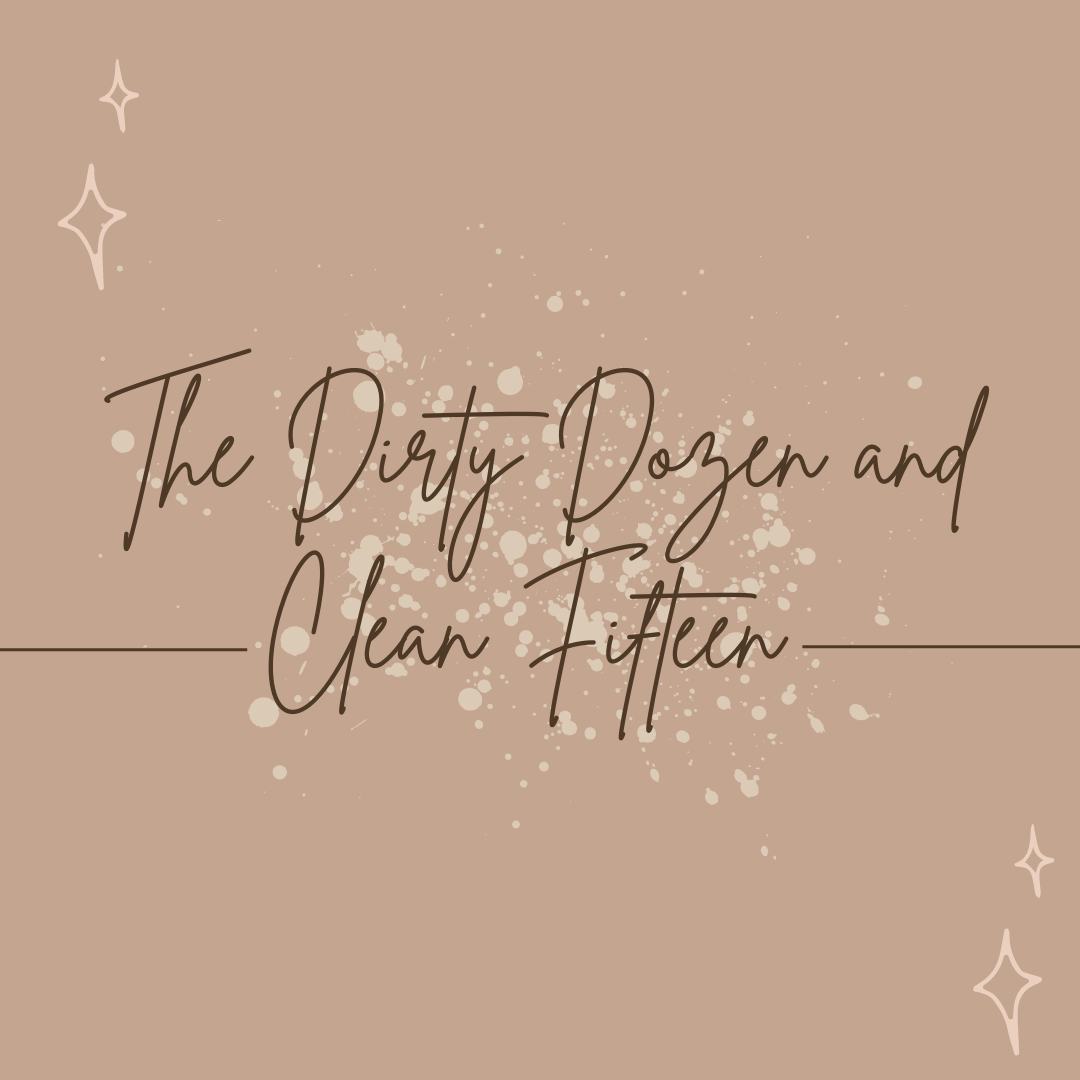

Affording an all-organic diet can be challenging in these times, the dirty dozen and clean fifteen are simply quick references to help you understand the most and least contaminated foods. What do I mean by “contaminated”? I’m talking about the amount of pesticides sprayed and the residue of these pesticides left on our foods. The foods on the dirty dozen list should always be bought organically and washed thoroughly, due to them having a higher pesticide concentration. However, the clean fifteen can be bought conventionally, due to little to no measurable pesticide residue. This makes healthy grocery shopping simple, easy, and affordable.
A common argument is that pesticides wouldn’t be sprayed on our crops if they weren’t safe. Here are some statistics from the Environmental Working Group that might shock you:
- Recent research from Harvard University shows that consuming fruits and vegetables with high levels of pesticide residues may decrease the beneficial effects of fruit and vegetable consumption, including protection against cardiovascular disease and mortality.
- More than 70 percent of non-organic fresh produce sold in the U.S. contains residues of potentially harmful pesticides
- Studies have linked higher consumption of organic foods to lower urinary pesticide levels, improved fertility and birth outcomes, reduced incidence of non-Hodgkin lymphoma, lower BMI and reduced risk of Type 2 diabetes.
- Several pepper samples contain concerning levels of pesticides that can harm the nervous system, including oxamyl, acephate and chlorpyrifos – carbamate and organophosphate insecticides banned from use on some U.S. crops and entirely in the EU.
People with chronic illnesses, children, and infants are especially susceptible to the harmful effects of pesticides found in our food. It’s also important to note that our soil is affected by these pesticides. When it rains the pesticide residue runs off into our soil affecting its quality and contaminating it. That’s why it’s important to thoroughly wash and scrub all produce no matter what list it’s on. To wash your produce, combine three cups of water and one cup of vinegar, let them soak for at least ten minutes, then rinse and scrub.
References
Environmental Working Group. (2022). Check out @EWG’s 2022 Shopper’s Guide to Pesticides in ProduceTM! #DirtyDozen #CleanFifteen | @ewg |. https://www.ewg.org/foodnews/summary.php

